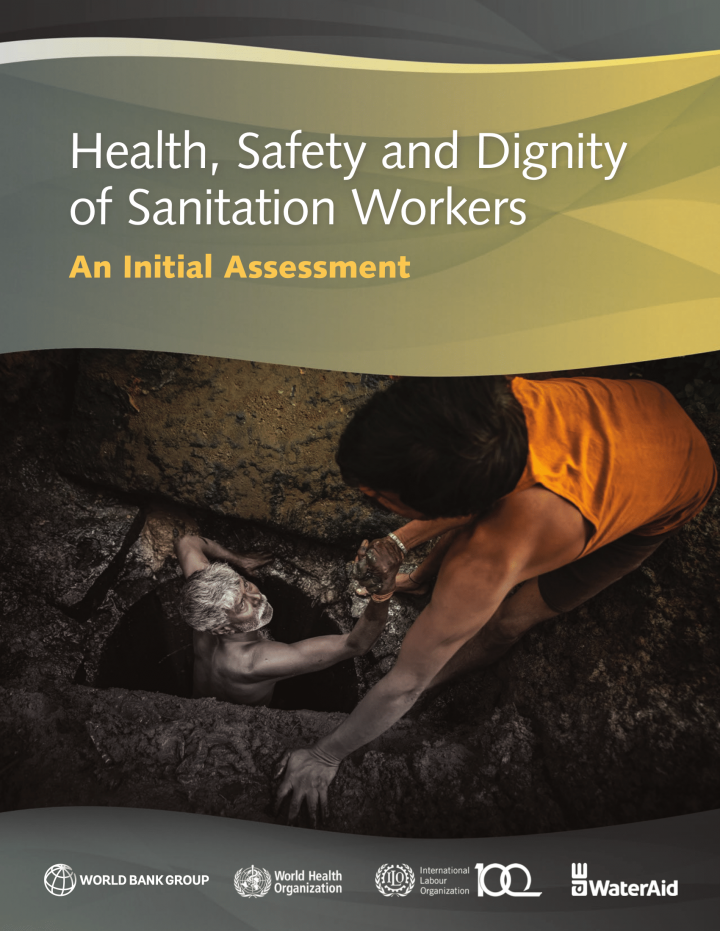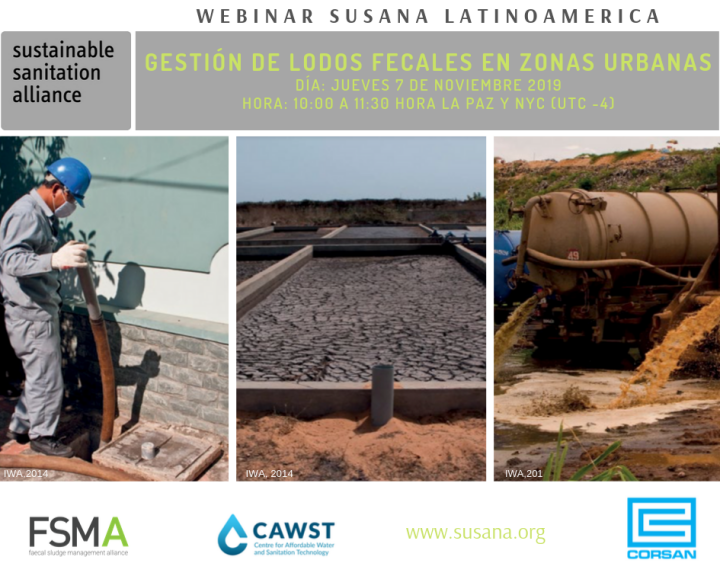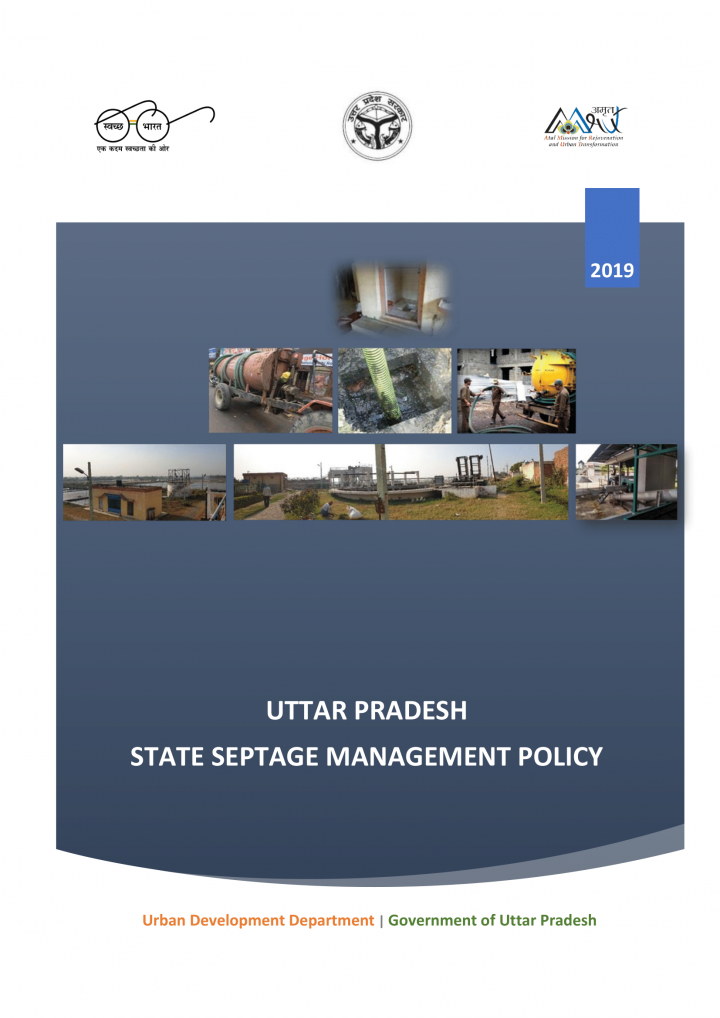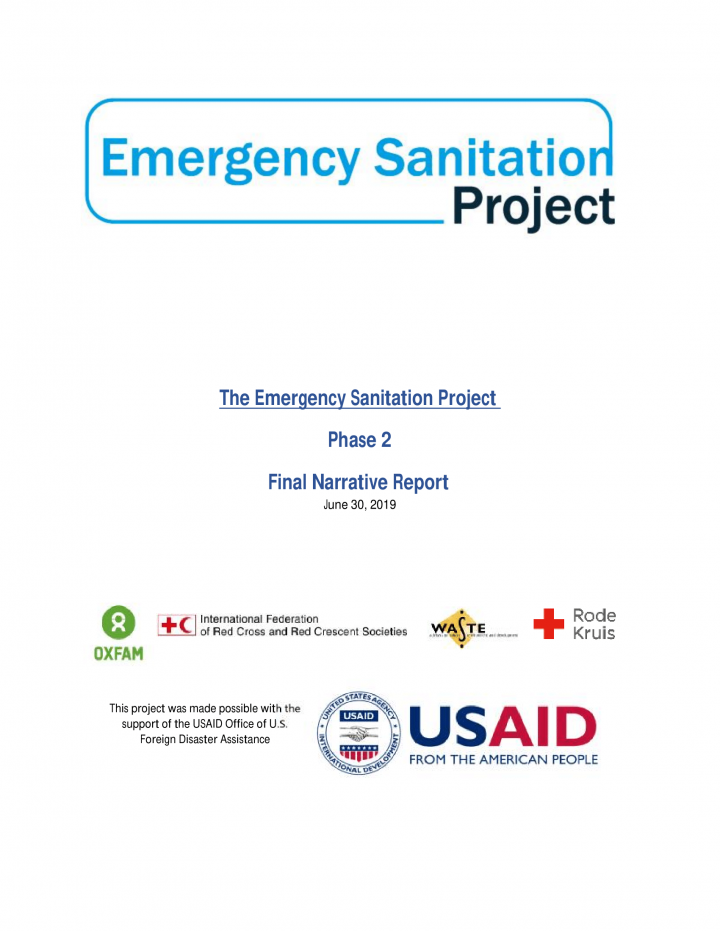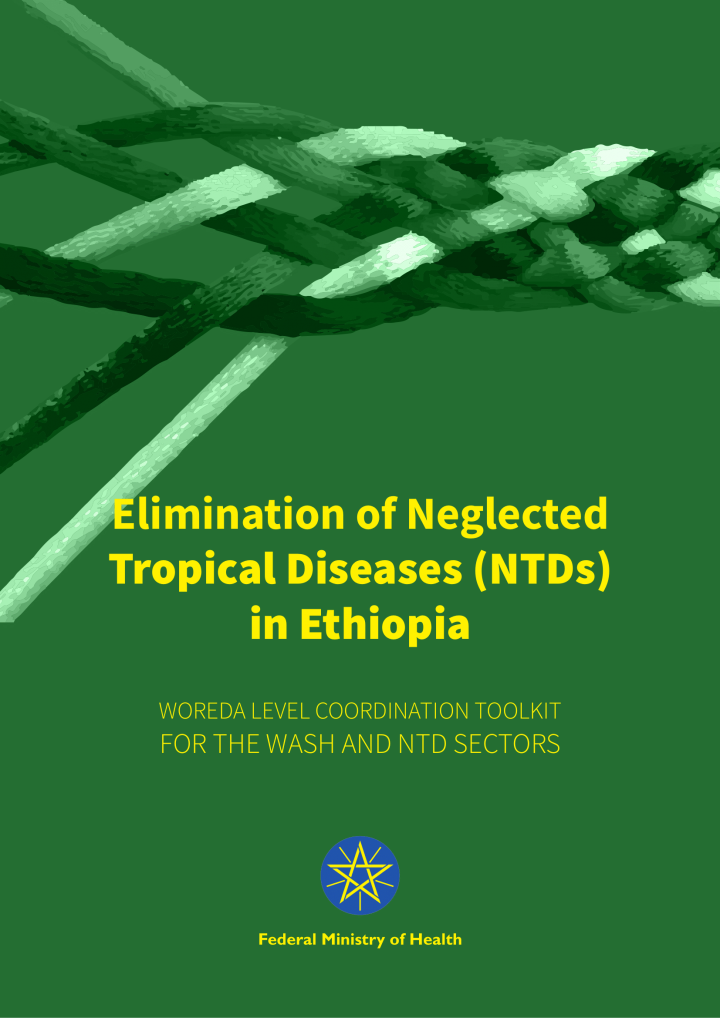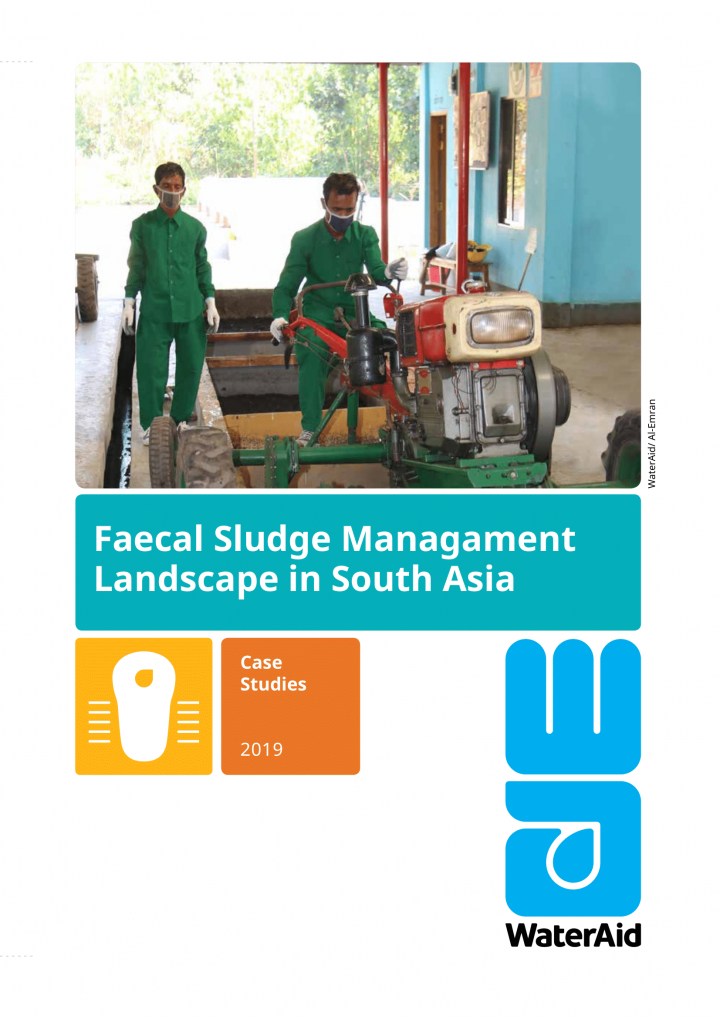Wear, S. L. (2019) Battling a Common Enemy: Joining Forces in the Fight against Sewage Pollution
The health of both coral reefs and people are imperiled by a local threat that is widespread across the globe—sewage and the typical components it carries (e.g., nutrients, sediments, heavy metals, endocrine disruptors, pathogens, and pharmaceuticals). Despite this common threat, those concerned with human health and those concerned with coral reef health have rarely joined forces. To jump-start an alliance between coral conservation and human […]
Ranganathan, J., Waite, R., Searchinger, T. and Hanson, C. (2018) How to Sustainably Feed 10 Billion People by 2050, in 21 Charts
There is a big shortfall between the amount of food we produce today and the amount needed to feed everyone in 2050. There will be nearly 10 billion people on Earth by 2050—about 3 billion more mouths to feed than there were in 2010. As incomes rise, people will increasingly consume more resource-intensive, animalbased foods. At the same time, we urgently need to cut greenhouse […]
Halpern, B. S., Longo, C., Hardy, D., McLead, K. L., Samhouri, J. F., Katona, S. K., et al. (2012) Ocean Health Index 2018: Methods
The OHI is considered a composite indicator because it combines many indicators into a comprehensive framework describing ocean health. This is in contrast to focusing on individual indicators, such as phosphate levels, sedimentation, biodiversity, etc. Individual indicators are important, but they provide limited information when it comes to evaluating how well an overall ecosystem is functioning. Another shortcoming of individual indicators is that they do […]
Toilet Board Coalition (2019) Scaling up the sanitation economy 2020-2025
Leading businesses are engaged in efforts to reimagine sanitation systems as a net contributor of resources and data while addressing critical human rights. More importantly these leaders are driving their companies to go beyond risk and compliance to bring transformative positive change to millions of people affected by their business operations. Global companies employ several millions of people. By proactively applying Sanitation Economy approaches companies have […]
ACF, IFRC, UNICEF, French Red Cross, Danish Red Cross, TdH, WHH, WaterAid, Concern Worldwide. (2019) WASH and Nutrition e-learning course
E-learning course on WASH and Nutrition. The modules are zipped, in order to use them you need to follow these steps: 1. Download zipped folder 2. Save it on your computer 3. Unzip it 4. In the unzipped folder click on launch_story
Eawag and CDD Society (2019) SFD Lite Report - Sircilla, India
Sircilla, founded in 1987, is a second grade municipality in Rajanna Sircilla District in the Indian state of Telangana. According to the 2011 census, the total population is 75,640 and the urban agglomeration population of the city is 83,186. Sircilla is situated on Karimnagar Kamareddy Road, 40 km from Karimnagar, at 78° 48’ 00” East and 18° 25’ 00” North. It is located on the […]
Shrestha, J., Bajracharya, B. (2019) SFD Report - Lamahi, Nepal
Lamahi municipality is located in Dang district of province number 5, Nepal. The municipality covers an area of 327 square kilometres along the stretch of East-West highway in the country. The municipality is home to 47,655 people as per census 2011. The municipality is divided into 9 wards. The municipality has declared open defecation free zone in 2014. The municipality lacks sewer networks thus it […]
CWIS TA Hub, South Asia / ENPHO (2019) SFD Lite Report - Changunarayan Municipality, Nepal
Changunarayan Municipality is one of the historical places located in Bhaktapur district in Province no. 3 of Nepal. The municipality carries historical and archaeological significance and was named from the ancient temple of Nepal i.e. Changunarayan temple, enlisted in World Heritage site (Figure 1). The municipality was formed in 2017 (2073) by merging former Village Development Committees (Changunarayan, Chhaling, Duwakot and Jaukhel) consisting of nine […]
World Bank, ILO, WaterAid, and WHO (2019) Health, Safety and Dignity of Sanitation Workers - An Initial Assessment
The global sanitation workforce bridges the gap between sanitation infrastructure and the provision of sanitation services. Sanitation workers provide an essential public service but often at the cost of their dignity, safety, health, and living conditions. They are some of the most vulnerable workers. They are far too often invisible, unquantified, and ostracized, and many of the challenges they face stem from this fundamental lack […]
Mathews, R. E., Tengberg, A., Sjödin, J., Lymer, B. L. (2019) Implementing the source-to-sea approach: A guide for practitioners
Only quite recently have we come to truly understand the many important linkages between land, freshwater and oceans. Generally, terrestrial, freshwater and marine specialists have tended to work independently from one another, with limited interaction. But with new insights into the complex relationship between different ecosystems – on land and in rivers, deltas, estuaries, nearshore and in oceans – comes a growing realization that a […]
Mathews, R. E., Stretz, J. (2019) Source-to-Sea Framework for Marine Litter Prevention: Preventing Plastic Leakage from River Basins
This report presents a framework for preventing marine litter based on the source-to-sea conceptual framework presented in Granit et al., 2017 and the practitioners’ guidance for implementing the source-to-sea approach in Mathews et al., 2019. Addressing issues from the holistic perspective of the source-to-sea system and strengthening coordination between sectors is central to the source-to-sea approach. The Source-to-Sea Framework for Marine Litter Prevention is intended […]
Various Authors (2019) SuSanA Latinoamérica Webinar 2: presentaciónes Gestión de Lodos Fecales (in Spanish) Presentations from SuSanA's Latin America Webinar 2 about faecal sludge management
In Spanish: Este webinar nos mostrará diferentes experiencias en la gestión de lodos fecales, evaluando la magnitud de esta problemática y las principales limitaciones que deben ser superadas para mejorar la gestión de lodos fecales en nuestra región. Esa entrada de la biblioteca contiene las presentaciónes del webinar 2: "Gestión de lodos fecales en zonas urbanas" - Gestión de Lodos Fecales: el niño abandonado (Peter Hawkins) - […]
Urban Development Department - Government of Uttar Pradesh (2019) Uttar Pradesh State Septage Management Policy
The goal of the Uttar Pradesh State Septage Management Policy (UPSSMP) is to improve water quality and protect public health in urban areas of the State by 2023. The objective is to enhance the ability of local implementers to build and operate septage treatment systems for urban centers and promote the behavior change and supporting environment needed for systems to be effective and sustainable. The […]
IFRC, WASTE, Oxfam GB, USAID (2019) The Emergency Sanitation Project - Phase 2 - Final Narrative Report
With increased urbanization and regulatory scrutiny, the ability of humanitarian agencies to use the simple pit latrine to safely manage human waste in emergencies will decline. When a latrine is not suitable, the response options become exponentially more complicated. Different toilets must be constructed. The contents must then be removed and treated. This is as complicated and expensive as it is important for the health […]
Ethiopian Federal Ministry of Health, WHO, NALA Foundation, Sightsavers (2019) Elimination of Neglected Tropical Diseases (NTDs) in Ethiopia - WOREDA level coordination toolkit for the WASH and NTD sectors
Neglected Tropical Diseases (NTDs) affect more than ten percent of the world’s population, primarily among the poorest populations. In Ethiopia, more than 75 million people are at risk of infection of at least one neglected tropical disease. NTDs cause suffering, blindness, disability, and delays in physical and cognitive growth which impact a person’s ability to go to school and work, thus perpetuating the cycle of […]
Kalbermatten, J. M., Middleton, R. N. (1990) Sometown, Anywhere: An Example of Water Supply and Sanitation Options
Sometown is a regional center in a predominantly agricultural area. It serves as a commercial center for this area, and has a well-established light industry as well as several food and cotton processing enterprises. Water for the municipal supply is abstracted from wellfields 5 km east of the city limits. Water quality is at present excellent; the water is chlorinated, but only as a precaution […]
Kalbermatten, J. M., Middleton, R. N. (1992) Challenges in Environmental Protection in Cities - New Approaches and Strategies for Urban Environmental Management
The 1990s undoubtedly is the Decade of the Environment. Not because the decade may be so designated, or because there will be another world conference on the topic. The designation applies because there exists today an awareness, even a fear that, unless we take some decisive action to protect the environment, we will suffer unacceptable consequences; that this decade indeed could be the last chance […]
WaterAid (2019) Faecal Sludge Management Landscape in South Asia - Case Studies
Some cities in the South Asian countries of Bangladesh, India and Nepal have established interventions around faecal sludge management (FSM). The purpose of this study is to identify and disseminate best practices and lessons learned on how to make FSM an integral part of urban sanitation service delivery in cities and towns in South Asia both with and without sewerage systems. This study draws on […]
WHO, UN-Water (2019) UN-Water Global Analysis and Assessment of Sanitation and Drinking-Water (GLAAS) 2019 Report National systems to support drinking-water, sanitation and hygiene - Global status report 2019
There is widespread recognition that sustainable and effective WASH service delivery is not only determined by the state of infrastructure, but also by complex institutional, governance and financial management systems. While a “system” may be interpreted or defined in different ways, core elements examined by the UN-Water Global Analysis and Assessment of Sanitation and Drinking-Water (GLAAS) initiative include the extent to which countries develop and […]
WHO (2018) Progress of wastewater treatment - Piloting the monitoring methodology and initial findings for SDG 6.3.1
The SDG 6.3.1 indicator report on “proportion of wastewater safely treated” describes the monitoring methodology developed and tested in consultation with wastewater experts, national sector experts and statistical authorities and harmonized with the International Recommendations for Water Statistics and established regional monitoring mechanisms. The report also presents preliminary estimates for domestic wastewater for 79 mostly high- and middle-income countries and includes supplementary data on safe use […]








